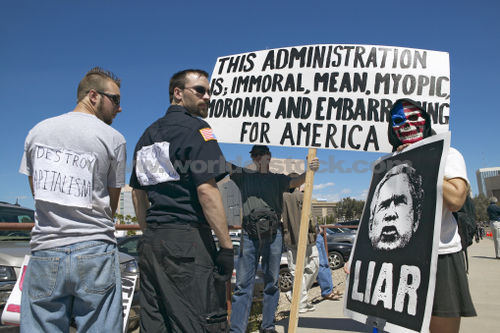


Students learn that there are a range of reasonable force options and, there is no one “right” answer. In this block, the legal aspects are reiterated, reinforced and utilized in explaining in more detail how the Fourth Amendment applies to an officer’s decision. Immediately following the legal instruction, basic students receive 4 additional classroom hours of Use of Force training from an Enforcement Operations Division (EOD) instructor. It isn’t possible to teach (or even to know) all these different policies.Īnd as a practical matter, courts judge police officers under the Fourth Amendment’s objective standard, and not policy. We teach over 90 Partnering Organizations plus countless state and local agencies. Mere conclusions like, “He threatened me” are replaced with factual statements like, “He grabbed a knife.”įLETC teaches the legal standards for using force and not agency policy. Students begin to learn to paint the picture.

In short, the court will examine the totality of the facts and circumstances through the lens of a reasonable officer and without the vision of 20/20 hindsight.īecause the standard is objective, students are taught the critical importance of articulating the factual basis for a use of force rather, than relying on just their subjective opinions or making mere conclusions. Students are taught by a legal instructor that an officer’s use of force will be judged under Graham’s objective standard. We introduce students to the Fourth Amendment’s objective reasonableness standard, as laid out by the 1985 Supreme Court decision in Graham v. The Basic students receive a 2 hour block of instruction on the Legal Aspects of Use of Force from my division. The FLETC instructs Basic and Advanced students on both the law and the application of the use of force by law enforcement officers. I’m the Subject Matter Expert for Use of Force at the Legal Division for the Federal Law Enforcement Training Centers (FLETC).


 0 kommentar(er)
0 kommentar(er)
